5 Poses to Inspire More Self-Love, Less Self Smack-Talk
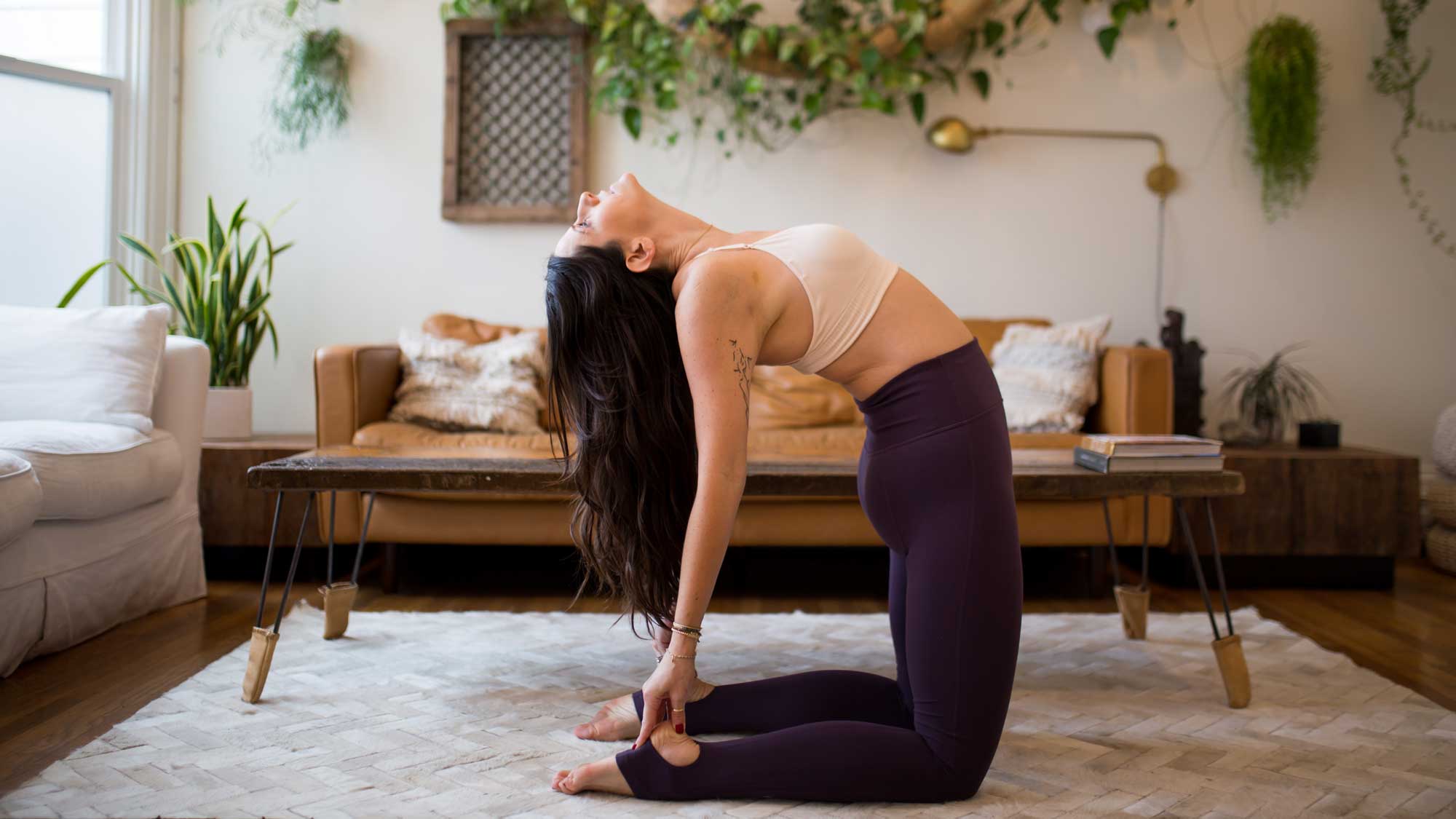
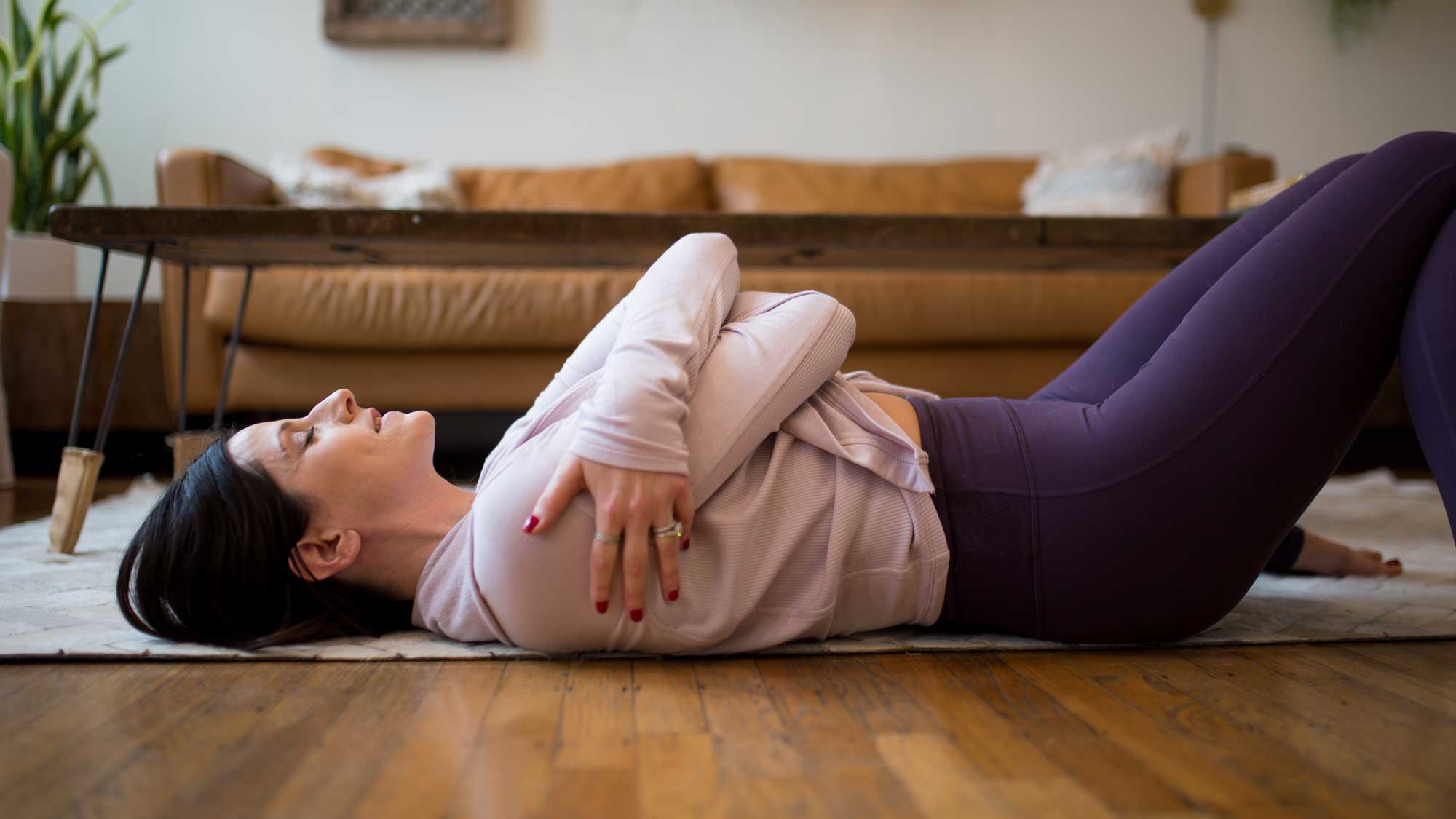
The longest and most intimate relationship you will ever have is the one you have with your self. And yet, if you’re like most, it can feel downright impossible to fully and truly love and accept your body.
Have you ever spoken unkind words about your weight? Deflected a compliment, only to follow it up with a self-appointed jab? Have you ever been angry with your appearance, or cursed that extra inch you’re able to pinch around your middle? It’s OK, dear one. We all have, we all do. But, hear me when I say this: You don’t have to do that anymore.
This year, you can—you will—love your body.
I propose we collectively make a shift: What if this year, we start the New Year not from a place of lack or fear, but from a place of acceptance and love? What if instead of trying to reach some number on a scale, we seek to feel comfortable in our skin? What if instead of trying to look a certain way, we set the intention to live a certain way. What if this year, instead of “New Year, New Me,” our mantra is, “New Year, Same Amazing, Unique, Exceptionally Beautiful Me?”
See also Baptiste Yoga: 10 Poses to Help You Love Your Body
To start the process, we must first shift the current lens through which we see ourselves from one of criticism to one of love. You know the saying, “Do unto others as you would do to yourself?” Instead, I propose we think about it this way: “Do unto yourself as you would do to others.” Let this be the motivation behind how we see our bodies, and let’s start treating ourselves as if we are our own children, lovers, and best friends.
I have slapped myself in the face before out of frustration with my body. I would never do that to a child. I have yelled “I hate you” into the mirror even though I wouldn’t dare say that to someone I love. I have risked my life for the sake of five more pounds. I would never put a friend in that kind of danger. What if we loved ourselves as much as we love those we care about most? Or, here’s a radical thought: What if we loved ourselves more?
As yogis we have the ultimate tool box to make these shifts happen. We have tools to help us ground in the present, get clear on reality, and help us shift from negative self-talk to body-positive thinking. We have tools to help us access a place inside that is strong, expansive, and already perfect.
See also This One Simple Practice Will Change How You Feel About Yourself
These 5 powerful poses will help you love your body this year—and beyond.
Constructive Rest

Borrowed from the Alexander technique, this pose is not only a hug for the heart, but also a passive way to release the psoas. When we are uncomfortable or lacking confidence, we tend to make ourselves small. Walking around with our arms crossed over the belly, shoulders hunched forward to protect our heart. This pose is a passive way to start opening up the body, particularly for the psoas, which is one of the most important muscles connected to our emotions. As Liz Koch, psoas expert explained to Yoga Journal: “Either emotional trauma or an ongoing lack of emotional support can lead to a chronically contracted psoas, and thus to a loss of core awareness.” The more we can get the psoas to release, the better we will be able to breathe into our whole body, and the taller and more confidently we can stand.
See also Top Yoga Teachers Share Their 7 Favorite Morning Stretches
Warrior II (Virabhadrasana 2)
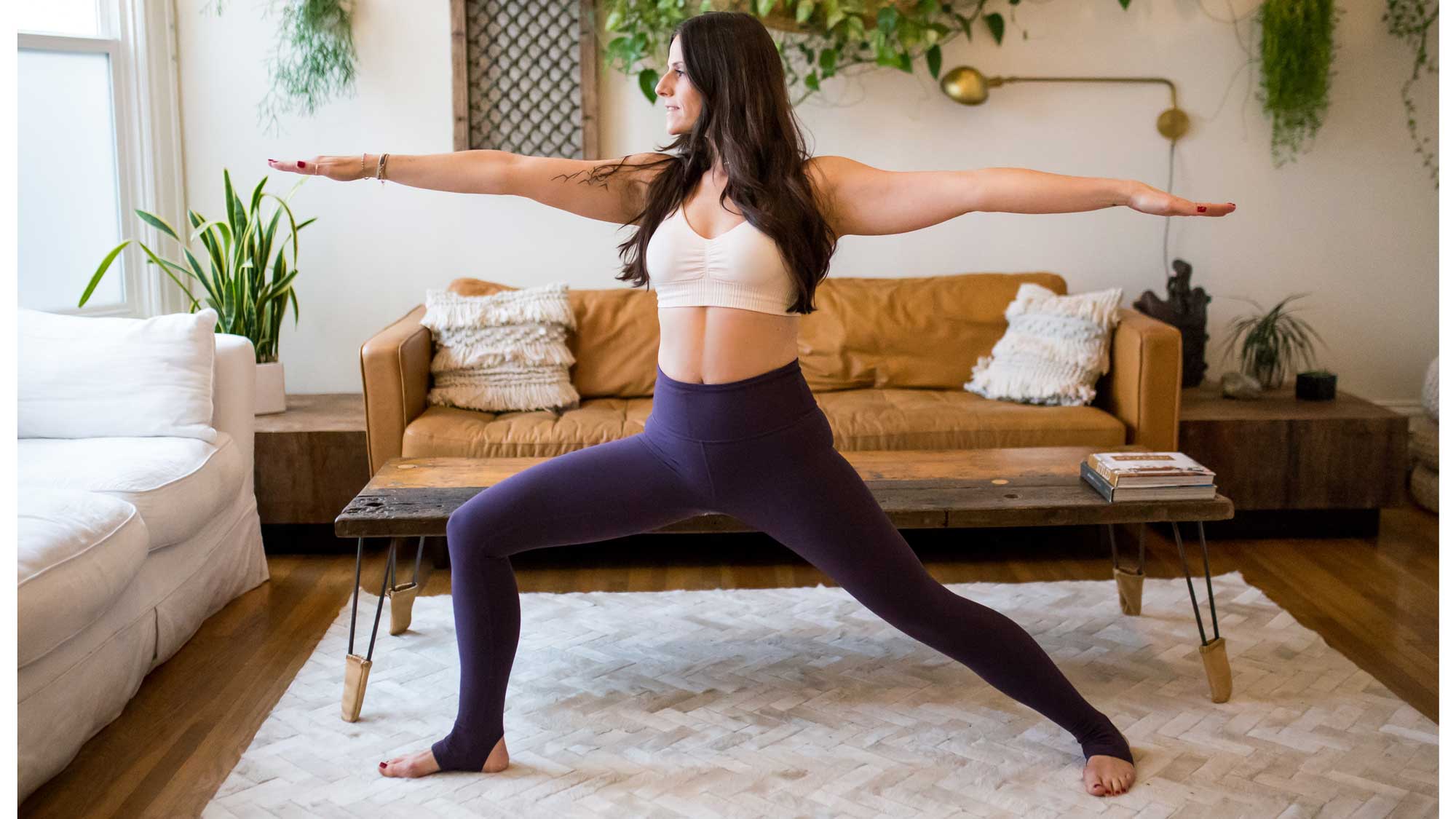
Is there any better pose to learn your strength than Warrior II? Long holds in standing poses are a great place to get strong physically and mentally. In 2010 a researcher named Ann Cuddy shared with the world that “power poses”—shapes in which we raise our arms, spread our legs, and take up space—could change the way we think and feel about ourselves. A recent study comparing these power poses with yoga shapes found that expansive shapes in yoga improved self-esteem even more than power poses alone.
See also Pillars of Power: Find Your Foundation On + Off the Mat
Goddess Pose, Variation
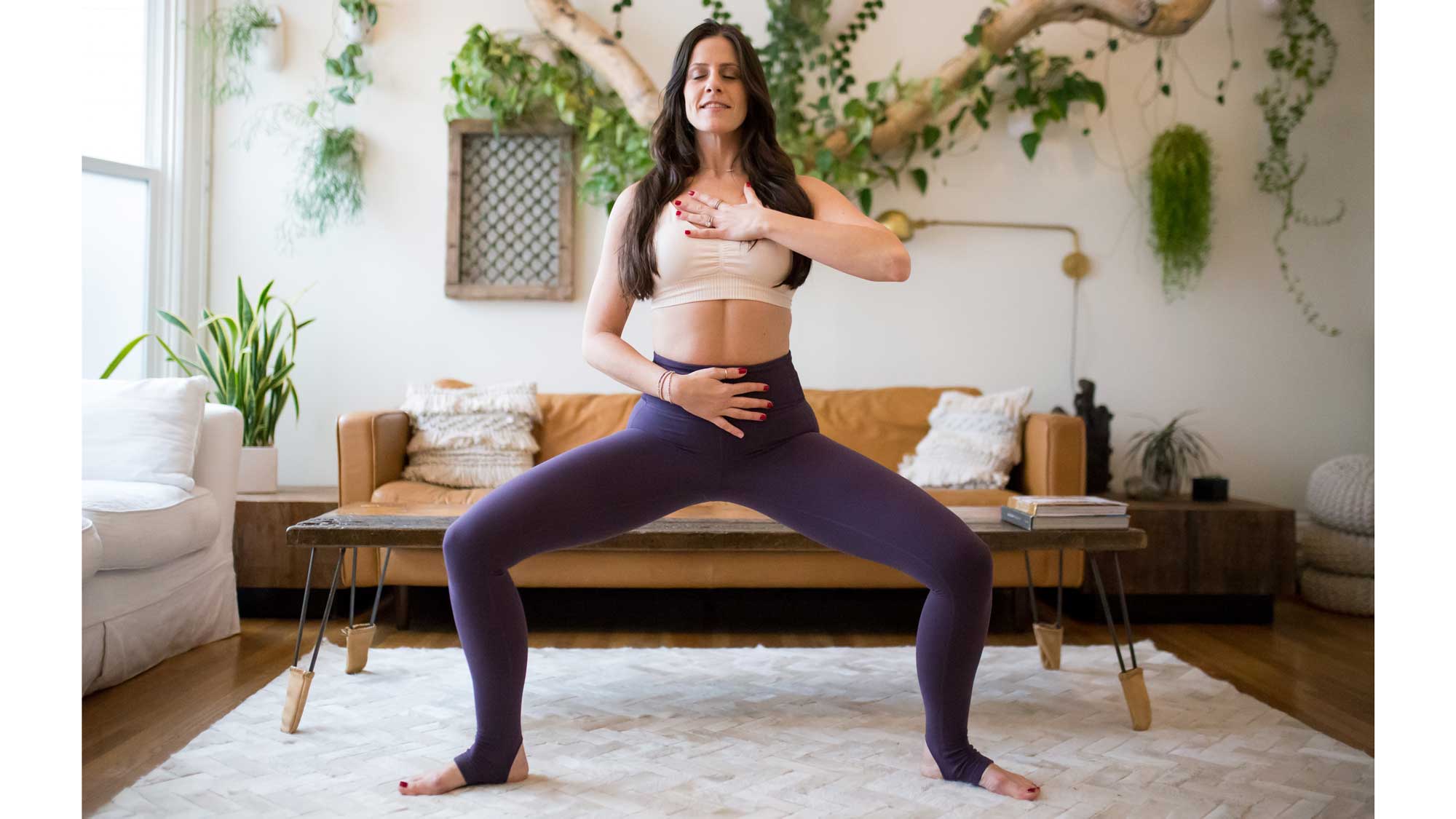
This primal shape helps get us quiet our inner critic and embrace our inner Goddess (or God). Have you ever caught your dog looking in the mirror and beating himself up? Animals don’t spend hours a day tearing themselves apart over a few extra pounds. Animals savor movement for the sake of movement. Because this pose is low to the earth, it is a great way to start accessing our animal side, shifting our focus from how the body looksto how much it can do. The arm variation of having one hand on the low belly helps us access the abdominal brain—the site of gut sense and intuition. With the hand on your navel, try taking deep full breaths, feel your belly swell with each inhalation. So many of us unconsciously hold in our stomachs in an effort to appear thinner, but in doing so, we are limiting our breath—our vital life-force. Full breaths require a full swell of the abdomen. Placing one hand over your chest keeps you plugged into your heart, the source of your true nature and unconditional love.
See also A Yoga Sequence for Deep Hip Opening
Camel (Ustrasana)
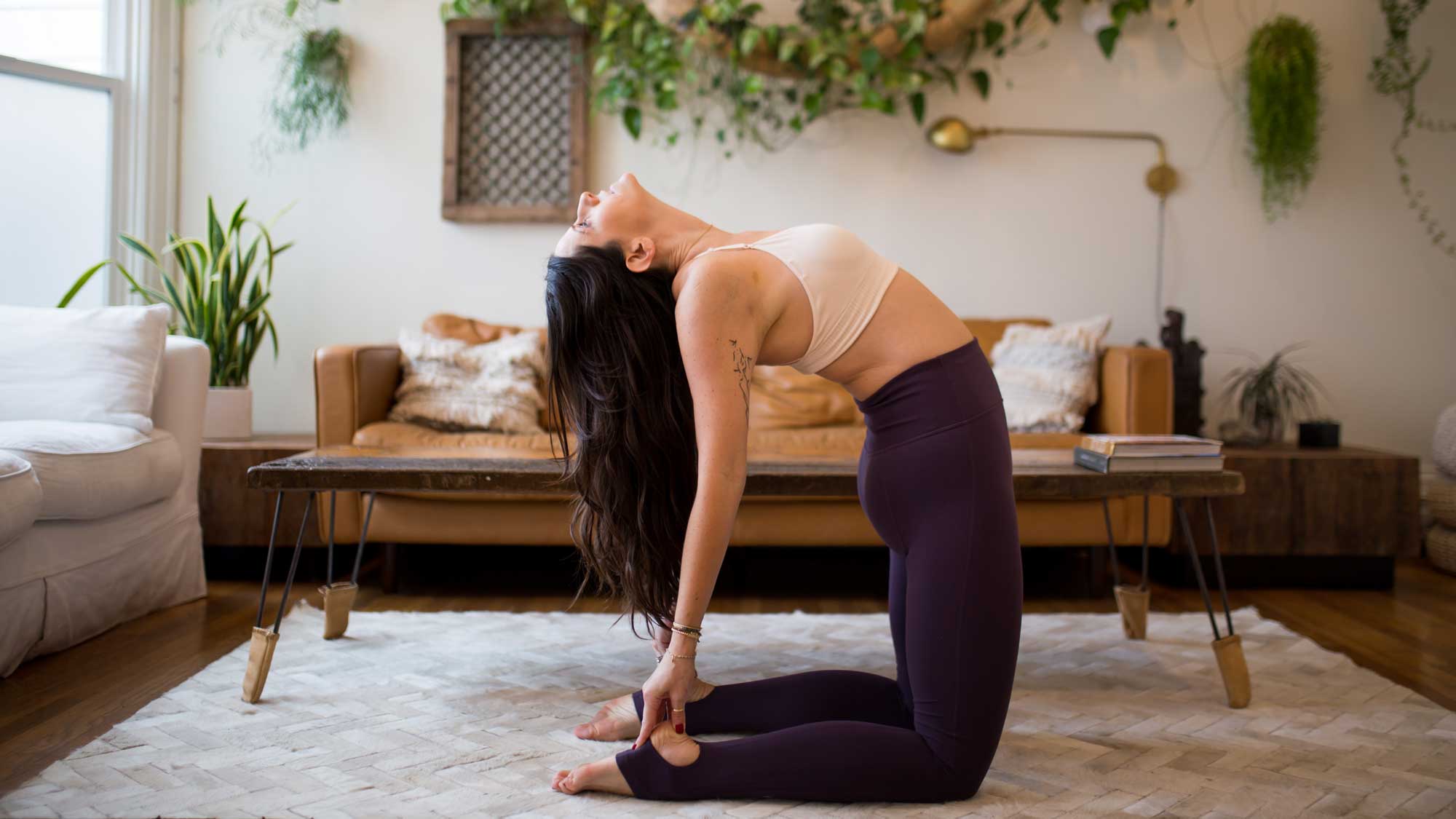
This heart opener is accessible and freeing. It requires faith to lean back into the unknown and teaches us that we have our own backs. It is also a posture that requires strength: The stronger your legs are in this backbend, the more freedom your spine has to extend backwards. Camel stretches the front body, opening up our whole being—the total opposite of the curling in and covering up we tend to do when ashamed of our bodies. Enjoy the strength, the freedom, and the expansiveness of your amazing body through this important shape!
See also How to Backbend Better
Pigeon Pose, variation (Eka Pada Rajakapotasana)
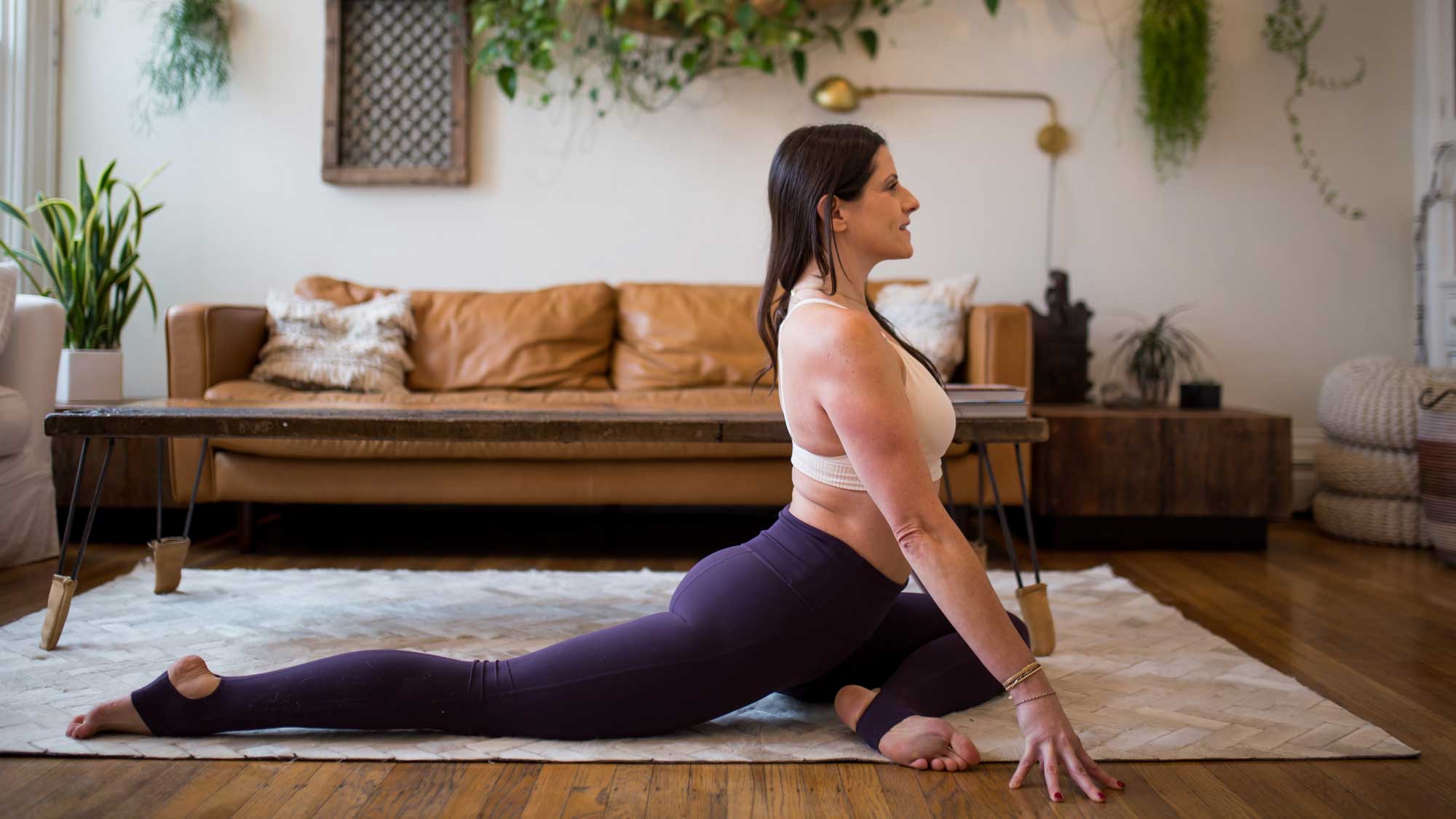
In yoga, we often talk about “good pain” as a necessary aspect of growth. For example, the fatigue of an overworked muscle to build strength, or the intelligent release of a tense part of the body to cultivate length. In Pigeon Pose, we are learning to be in our body—even when it is uncomfortable. The Buddhists have a saying: “Strong back, soft front,” meaning know your worth (strong back) and meet the world with an open heart (soft front). This upright variation helps you absorb this message on a physical level by developing strong back muscles and an open chest. You are strong—and you are worth it.
See also Master Sleeping Pigeon Pose in 4 Steps
About the Author
Sarah Ezrin is a yoga teacher in San Francisco. Learn more at sarahezrinyoga.com.